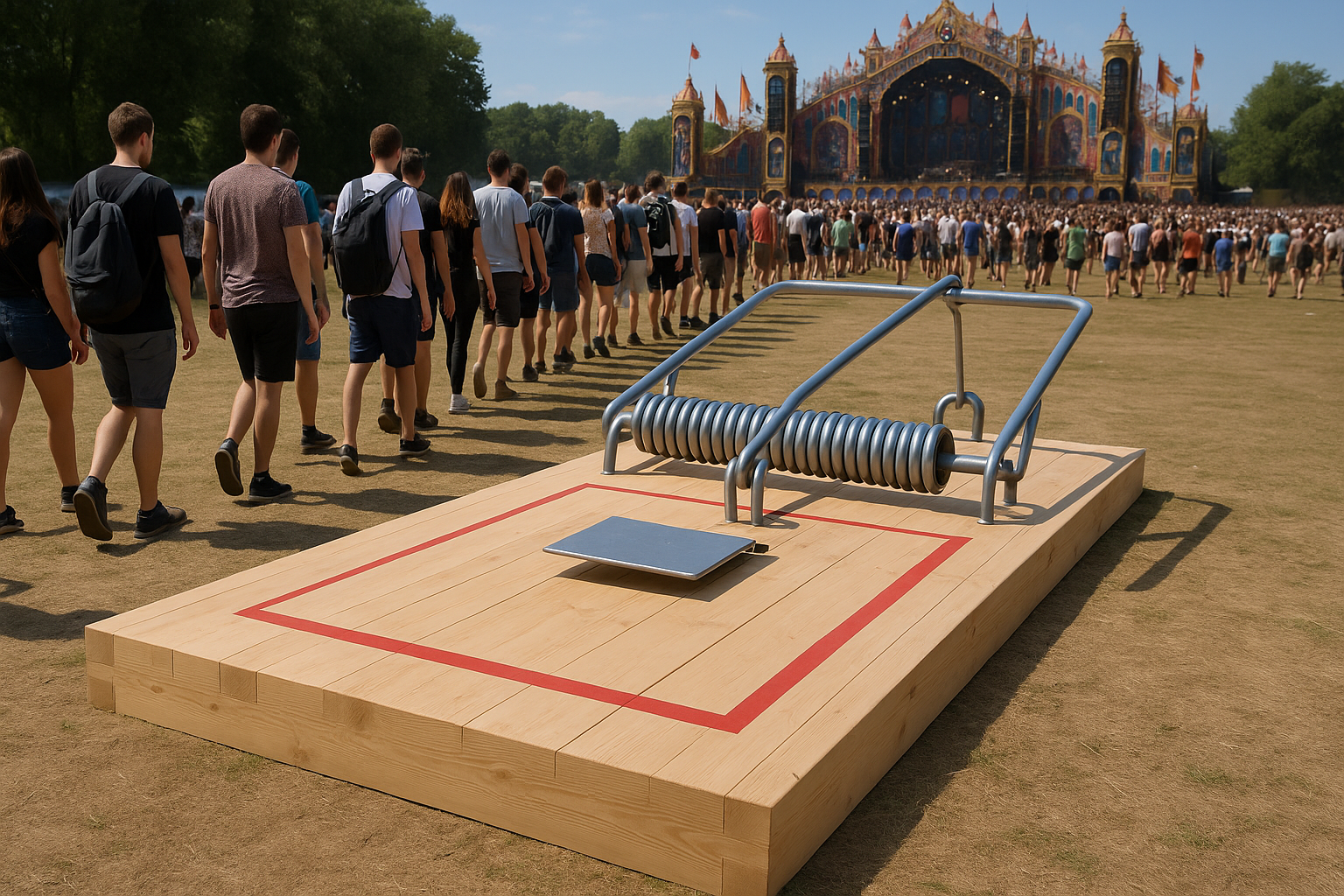THE FRICTION POINT
Why the smallest moments can make or break the entire experience
We often assume that memorable experiences are shaped by grand gestures, such as a spectacular opening, an outstanding keynote or a perfectly orchestrated programme. Yet in the stakeholder journey, it is rarely the spectacular that defines the memory. It is the friction: the small and unexpected moments where emotion shifts, energy fades or meaning becomes blurred.
In the MICE industry, we have mastered logistics, strategy and design. However, the true disruptors of experience are often subtle and human, and therefore easily overlooked.
Friction is the point where intention meets reality. It is also the moment where loyalty, trust and emotional resonance are shaped quietly and powerfully.
The hidden problem: Small issues, big consequences
Every event, conference or incentive programme contains a series of micro-interactions. Most occur smoothly and remain invisible. A few, however, create tension.
Typical examples include:
- A confusing registration moment
- A room that feels slightly too cold
- A networking session where people hesitate to join
- A speaker who runs twelve minutes late
- A host who is friendly but not fully present
None of these issues appear dramatic in isolation. Yet together they shape how stakeholders feel, and therefore how they remember.
As described in The Real MICEbook, experience is not only what you design but what people actually perceive. Perception is shaped not by the highlights but by the interruptions between them.
In simple terms: friction is the emotional tax of an event. Reduce it and the entire journey feels effortless. Ignore it and even your strongest moments might fail to resonate.
A practical framework: Mapping and designing for Friction Points
1. Identify micro-moments of vulnerability
Walk the entire journey and ask yourself: What might create confusion? Where might energy drop? Which transitions feel fragile? Friction is often found in hallways, waiting moments and pauses.
2. Design emotional buffers
A Friction Point rarely needs a large intervention. It needs a small human response. Think of clear signage, a warm welcome, an attentive host or a brief explanation at the right moment. Micro-actions prevent macro-discomfort.
3. Build a Friction Dashboard
Categorise observed friction into three types:
- Functional friction: clarity, signage, flow, logistics
- Social friction: inclusion, belonging, ease of interaction
- Emotional friction: tone, atmosphere, psychological comfort
This helps you identify patterns and prioritise targeted improvements.
4. Train your team to read the room
As highlighted in From Experience to Purpose, professionals create real value when they combine design with empathy. Teach teams to notice subtle cues such as posture, hesitation, disengagement or nervousness. Closing friction is often an act of emotional intelligence.
An unforgettable experience is not created by perfect execution. It is created by human presence. By noticing the moments where meaning thins out and choosing to restore connection and clarity. Friction is not the enemy of experience. It is the doorway through which improvement becomes visible.
In the end, stakeholders remember not the friction itself, but the care with which you addressed it.
Discover more tools and models at the Event Architect Knowledge Hub: https://eventarchitect.com/knowledge-hub/




































 In the Experience Economy, nothing brings people together like live events. Whether it’s a corporate conference, an incentive trip, a product launch, or a festival, events create powerful, shared experiences that no digital alternative can fully replace.
In the Experience Economy, nothing brings people together like live events. Whether it’s a corporate conference, an incentive trip, a product launch, or a festival, events create powerful, shared experiences that no digital alternative can fully replace.


